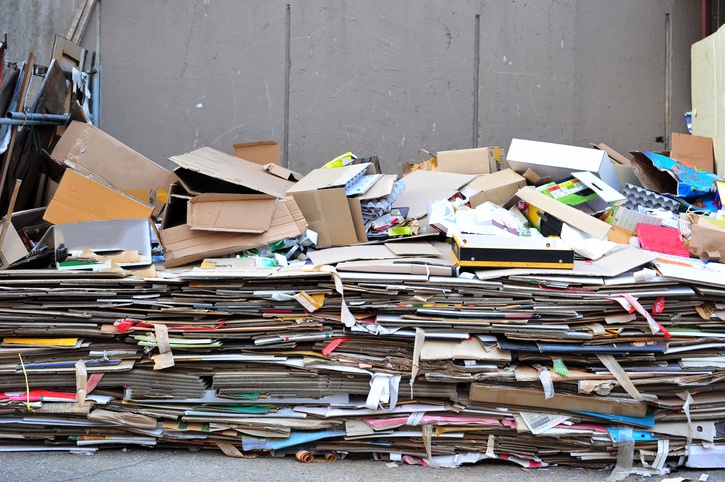
Last year, in a blog post we warned of an imminent trend of rising pulp and paper costs that would soon hit the pocketbooks of any manufacturers relying on corrugated boxes to ship their products. It’s no fun to say I told you so (well, sometimes it is…) but the past year has proven us right.
After a long period of stability, the market price for pulp and paper has risen three times since late 2016. The change can be explained through textbook economic theory: consolidation among suppliers (the number of national integrators has shrunk from 15 to 4) shifted leverage to the producers. Plants are running at 98% of capacity after the mothballing of less efficient or geographically redundant facilities. And thanks to the e-commerce boom, demand for corrugate continues to outpace overall economic growth.
A spike in the cost of something as mundane as packing materials is seldom an area where manufacturers want to invest time and attention. Fortunately, with advance planning and a dose of outside expertise there are straightforward ways to hold this line item in check.
The Days of Dull Stability Are Behind Us
Many industry professionals have not experienced a rising pulp and paper cost environment. Across a period spanning more than a decade the industry absorbed only a pair of increases, in late 2012 and early 2013, as noted in the blog referenced in the link above.
Procurement managers dealing with other inputs, such as plastic, are accustomed to dealing with prices that move on a monthly basis, if not more frequently. There’s no reason to expect the pulp and paper market to become that volatile. What we are likely to see is a return to the pre-2005 “old normal” in which price changes happen about as often as the residents of the White House.
Unfortunately, these changes seem poised to head exclusively upward for the foreseeable future. Further complicating matters, many supplier contracts include clauses dictating that published increases automatically flow through to the buyer’s invoice.
Thinking Outside the Box
One key to expense management is gaining a better sense of underlying producer costs. By working with an industry expert such as SRM, corrugate users can develop formulas to establish a baseline for current pricing and assess appropriate increases upon shifts in market dynamics. Naturally, far more goes into the cost equation than a single price index since corrugated box fabrication involves at least three types of paper, additional materials, labor costs that vary by region, etc.
Armed with this information, buyers put themselves in position to negotiate more even-handed deals, in part through incorporating escalator formulas into their supplier contracts to more realistically reflect market dynamics. SRM finds that 95 percent of the time, such enhancements can be incorporated without changing vendors.
Virtually without exception, companies yet to implement such formula-driven methodologies have a savings opportunity worth pursuing at their fingertips. With pulp and paper costs positioned to continue an upward march, the opportunity to realize savings will only grow.



